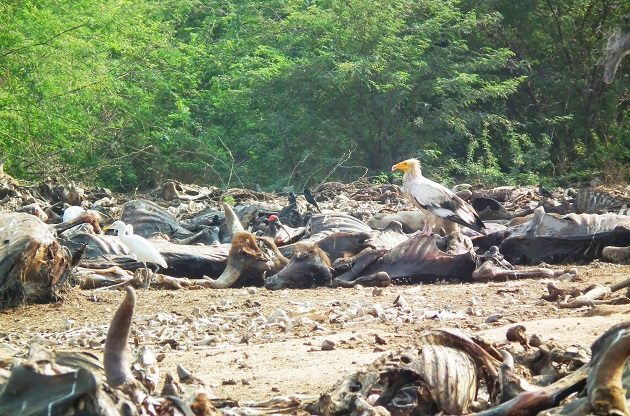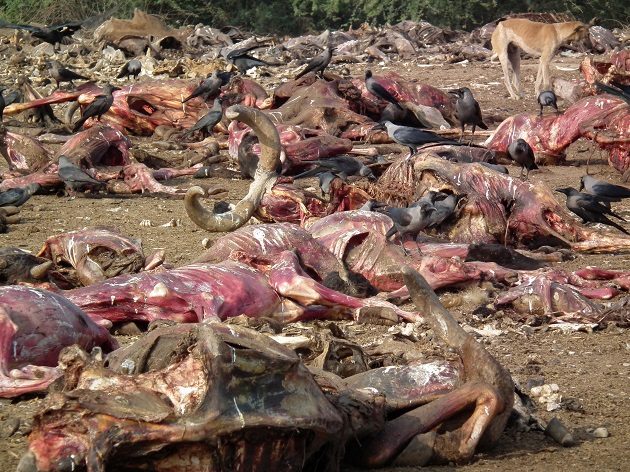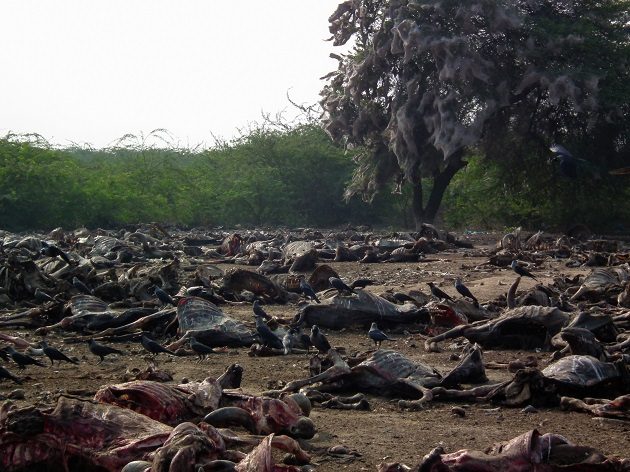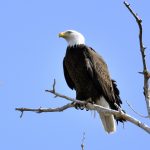
What was the weirdest place you ever birded? Some smelly sewage ponds? Oh, don’t bother responding. A war zone? Then you are worse than me. Yes, some gruesome graphic content follows, but don’t blame me, you have been warned. Sex? What sex? Oh, that cover photo? I lied to you, no sex here – but you already clicked.
Let me see, when was it? Logging into my eBird account… December 6th, 2010. It was the final day of my two weeks long first passage to India. Ahead of that trip, I deliberately avoided reading travel guides and all that wise advice from experienced travelers. I wanted to travel as a clean slate, the tabula rasa. I read somewhere that the Latin original actually stands for the “erased slate” – even closer to my point of view.
I didn’t want already prefabricated knowledge and opinions. I wanted to learn on my own and make up my own mind. The only person I asked before the trip was one seasoned Canadian traveler who has spent some time in the subcontinent: “Do you have any advice for an absolute beginner in India?” He answered: “Observe it with your heart, not your eyes.” And in the process, I fell in love with India.
 Egyptian Vulture; all photos (5) by Dusanka Stokovic Simic
Egyptian Vulture; all photos (5) by Dusanka Stokovic Simic
On that day we were traveling from the Little Rann of Kutch back to Ahmedabad. The tour organizer was Arpit Deomurari, whom I met on Facebook a few weeks earlier. In some later stage of the tour, Arpit asked us what did we miss, what is it that we need to see? And we cried: Vultures! We saw only Egyptian Vultures, near Viramgam (2) and in the Sanand Area (100+) (both: Ahmedabad County), and one Indian Vulture in the Gir National Park.
“According to Parsi beliefs, Earth, Fire, and Water are sacred elements, and both cremation and burial are sacrilegious. For the deceased Parsi to reach heaven, vultures serve as intermediaries between earth and sky. The dead body is placed on a Tower of Silence where vultures, by consuming the body, liberate the soul. Due to the decline in vulture population, Parsis have been obliged to drop these ancient customs for reasons of hygiene, since now bodies take six months to disappear.” (Wikipedia)
Now, asking for vultures in India is a bit like asking your safari guide to show you a leopard. Not for the same reason, although. Leopards are hard to spot because they are elusive. Vultures are anything but elusive. Yet, in 1990s India has killed more than 99% of its Gyps vultures (e.g. in 1980s there were up to 80 million White-rumped Vultures in India – today the population numbers only several thousand). They would become phlegmatic, their necks drooping and a two or three days later, they would fall from a tree, dead. No one knew why they were dying.
“Cows are considered sacred by majority of Hindus so cow meat is generally not consumed. This results in the cow’s corpse being left to be fed on by vultures. Of the estimated 500 million cattle in India, only 4% were destined for consumption by humans as meat. Vultures constituted the natural animal disposal system, processing carcasses and nearly 15,000 vultures have been observed at the carcass depositories in capital New Delhi.” (Wikipedia)

The first suspects of pesticide poisoning, industrial pollutants or bacteria proved negative. It took ten long years to discover the reason: the anti-inflammatory veterinary drug Diclofenac. A dead cow that was treated with Diclofenac turned out to be poisonous to vultures. Nowadays, there are hardly any vultures left in India.
“The sudden collapse of the natural animal disposal system in India has had multiple consequences. The carcasses formerly eaten by vultures rot in village fields leading to contaminated drinking water. The disappearance of vultures has allowed other species such as rat and [stray] dog populations to grow. These newly abundant scavengers are not as efficient as vultures. A vulture’s metabolism is a true “dead-end” for pathogens, but dogs and rats become carriers of the pathogens.
“The mammals also carry diseases from rotting carcasses such as rabies… In India, 30,000 people die from rabies each year, more than half the world’s total.” (Wikipedia)

Arpit said “Sure” and added one cow carcass depository at the outskirt of Ahmedabad into our itinerary. But you should have seen the look of sheer horror in our driver’s eyes! Out of all sights of the city, from Ghandi’s Sabarmati Ashram to Adalaj Stepwell and from Sidi Saiyyed Mosque to Bhadra Fort, these weird tourists want to go to a dead cattle dumping site?? Well, it goes without saying, birders aren’t tourists, birders are travelers.
At the carcass depository gate, our driver pulled his turtleneck sweater over his nose and bravely drove into the valley of death. One large banyan fig as well as all bushes around were completely covered with flies and their eggs – every inch. Oddly, I saw no rats, only a mongoose or two and a few stray dogs.
All around us were carcasses, skinned off, every muscle visible, like some anatomy studies. But the worst was the overwhelming stench, so putrid that I felt like if it was eating away the mucous membranes in my nose and mouth.
 House Crow vs. White-rumped Vulture
House Crow vs. White-rumped Vulture
The birds included Eastern Cattle Egrets, Red-naped Ibises, Black Kites, House Crows and one critically endangered White-rumped Vulture in an acacia, mobbed by a House Crow that pulled the feathers of its back. Still, we weren’t happy with our vulture tally, when a fellow traveler Peter Ryan came to the idea of running into the surrounding bush to try to flush any bird that may have hid from our approach. He was right – a few seconds later 20 or so Egyptian Vultures took to the air, some even landing nearby.
I don’t know how long we stayed there, perhaps half an hour, but after that, the smog of downtown Ahmedabad smelled like a spring meadow.
Many years later, I asked one Dutch bird guide who guides tours to India how the first-time travelers respond to a cultural shock that such kaleidoscope of psychedelic colours brings into their lives. He said: “No one remains apathetic, people either love it or hate it. There is no middle ground.” As I said before, I returned to India.

Find the earlier parts of the same tour here:












Leave a Comment